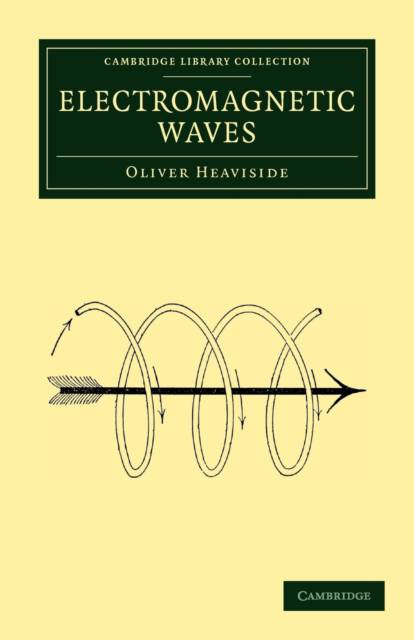
- Afhalen na 1 uur in een winkel met voorraad
- Gratis thuislevering in België vanaf € 30
- Ruim aanbod met 7 miljoen producten
- Afhalen na 1 uur in een winkel met voorraad
- Gratis thuislevering in België vanaf € 30
- Ruim aanbod met 7 miljoen producten
Zoeken
Omschrijving
Oliver Heaviside (1850-1925), the self-taught physicist and electrical engineer, began his career as an operator on the newly laid Anglo-Danish telegraph cable in 1868. The most advanced electrical technology of the time, the cable system inspired several of his early mathematical papers. This monograph, first published as a paper in the Philosophical Magazine in 1888, then as a book in 1889, draws on his established work on telegraphic propagation and self-inductance, and on Maxwell's field theory. In a fascinating insight into the contemporary scientific community, he complains that these subjects are still often misunderstood, and explains his formulae afresh from several angles. Also covered - and frequently questioned - are contemporary theories of permittivity, the speed of electromagnetic waves, and the dielectric properties of conductors. Heaviside's Electrical Papers (2 volumes, 1892) and his Electromagnetic Theory (3 volumes, 1893-1912) have also been reissued in this series.
Specificaties
Betrokkenen
- Auteur(s):
- Uitgeverij:
Inhoud
- Aantal bladzijden:
- 150
- Taal:
- Engels
- Reeks:
Eigenschappen
- Productcode (EAN):
- 9781108041591
- Verschijningsdatum:
- 22/12/2011
- Uitvoering:
- Paperback
- Formaat:
- Trade paperback (VS)
- Afmetingen:
- 140 mm x 216 mm
- Gewicht:
- 199 g

Alleen bij Standaard Boekhandel
+ 119 punten op je klantenkaart van Standaard Boekhandel
Beoordelingen
We publiceren alleen reviews die voldoen aan de voorwaarden voor reviews. Bekijk onze voorwaarden voor reviews.








